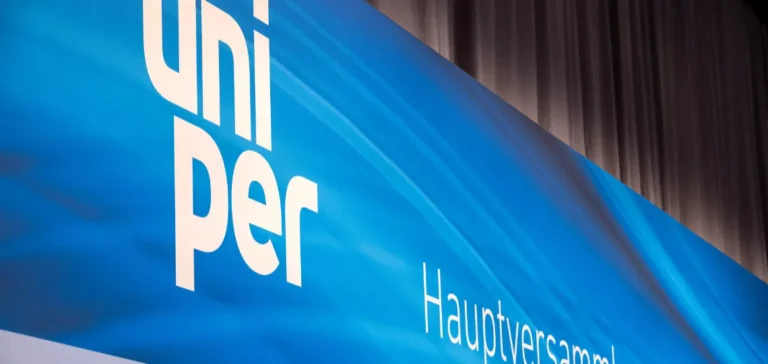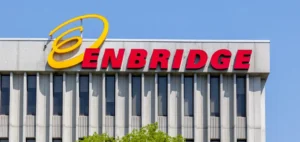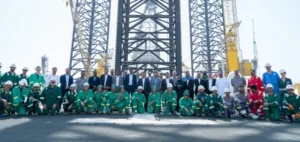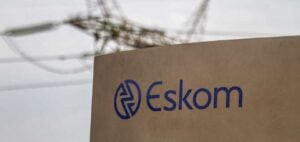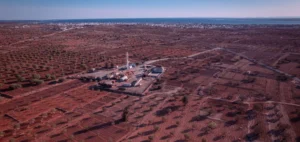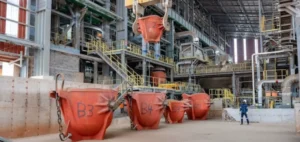Uniper reported half-year revenue marked by adjusted EBITDA of €379mn ($412mn) and adjusted net income of €135mn ($147mn), significantly below last year’s exceptional performance. Despite this expected decline, the energy company maintains its financial outlook for the current year and refines its forecast range, now targeting adjusted EBITDA between €1 and €1.3bn ($1.09 to $1.42bn) and adjusted net income between €350mn and €550mn ($381mn to $599mn).
Transformation strategy and targeted investments
Facing a complex regulatory and market environment, Uniper has outlined the details of its transformation strategy. The company has already approved investments amounting to €900mn ($978mn) and plans to dedicate approximately €5bn ($5.43bn) to its transition by 2030, mainly in the Green Generation and Flexible Generation segments. The group aims to reach between 15 and 20 gigawatts of production capacity by the end of the decade, with at least 50% of this capacity coming from renewable, low-carbon, or decarbonised sources.
Uniper also intends to participate in the government tender for new gas-fired power plants in Germany and to build two new units in the United Kingdom, designed for carbon capture and storage integration. These projects have been designated as priorities by UK authorities, strengthening the company’s position in the country’s energy market.
Optimisation of gas portfolio and international agreements
The company is expanding its gas and liquefied natural gas (LNG) portfolio, targeting annual management of 250 to 300 terawatt-hours (TWh) in line with its sales. Uniper has recently signed major agreements: an eight-year contract with Canadian company Tourmaline Oil Corp to supply 4.8mn tonnes of gas starting in 2028, as well as an agreement with Australia’s Woodside for up to 2mn tonnes of LNG per year, mainly destined for Europe.
Operationally, half-year performance remained mixed across segments. Green Generation generated adjusted EBITDA of €420mn ($457mn), lower than the previous year, mainly due to falling prices in Sweden and a prolonged outage at the Oskarshamn 3 nuclear power station. The Flexible Generation division posted adjusted EBITDA of €333mn ($362mn), impacted by a reduced production portfolio and the closure of plants in Germany and the United Kingdom.
Cost reduction and improved financial structure
Against a backdrop of market volatility and regulatory delays, Uniper is launching a plan to cut 400 positions, primarily through hiring freezes, with specific measures tailored to each country of operation. The company has also fully repaid €2.551bn ($2.77bn) to the Federal Republic of Germany, while maintaining a net cash position of €3.256bn ($3.54bn) at the end of the half-year.
Direct carbon emissions dropped by 24% year-on-year to 6.3mn tonnes, mainly due to the closure of coal-fired power plants in Germany and the United Kingdom and the sale of gas assets. Both S&P Global Ratings and Scope have upgraded the company’s credit rating, citing restored financial strength, fiscal discipline, and the strategic clarity of its portfolio.
Uniper is also continuing to fulfil its European commitments to asset divestment, with the sale of its stake in AS Latvijas Gaze and the disposal of Uniper Wärme GmbH. The finance department welcomed these developments as a step towards a more resilient and diversified business, in a context of intense competition and accelerated sector transformation.


